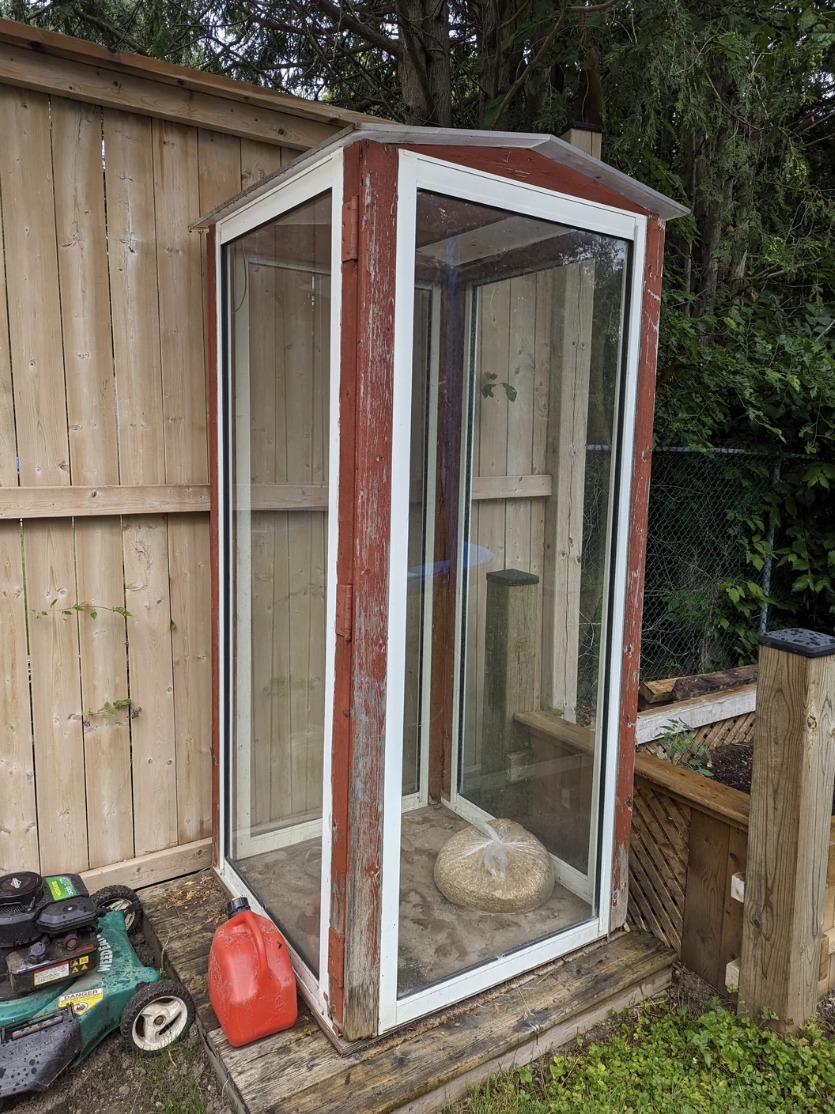If you were a child in the 70s or 80s, you might remember a mushroom fruiting house hidden somewhere in your backyard. Ours was made from old glass windows and wood scraps, and it looked like something from a storybook.
The glass was foggy, the floor was covered with damp straw, and mushrooms would grow inside overnight like little miracles. But it wasn’t just about growing mushrooms—it was about family time. We spent hours outside, hands in the dirt, waiting for new growth. My parents would take us to check the mushroom house, and finding a mushroom felt like finding treasure. I didn’t eat mushrooms then, but I loved watering them and watching them grow.
So why did mushroom houses disappear? Life got faster, and backyard projects were replaced by busy schedules and convenience food. Store-bought produce took over, and mushroom houses faded away. Recently, though, I’ve seen them making a quiet comeback. Gardeners and DIYers are building mushroom houses again, using recycled materials.
This revival shows a desire to reconnect with nature and grow food by hand. Mushroom houses are small, affordable, and easy to care for, perfect for anyone wanting to slow down. Growing mushrooms teaches patience, and the first sprouts feel like a gift from nature.
More than practical benefits, mushroom houses satisfy a deeper need for simplicity and meaningful work. In a fast world, building one is a way to slow down and create something lasting. It’s also eco-friendly, using recycled materials and reducing waste. Whether for cooking or joy, mushroom houses help us connect with the earth.
For families, it’s a chance to teach children about nurturing life and sharing experiences. It’s about more than mushrooms—it’s about time together and memories. If you want something nostalgic, sustainable, and a bit magical, consider building a mushroom fruiting house. With a few old windows, straw, and shade, you can create a quiet garden spot full of wonder.


